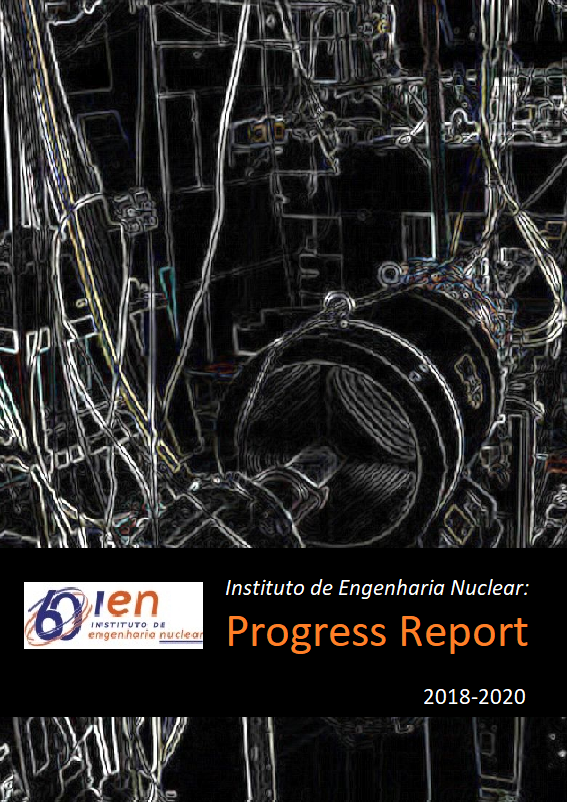Dose and Risk Assessment of Argonaut Reactor Severe Accident
Resumo
In the early days of nuclear energy in Brazil, a reactor named Argonaut, designed at Argonne National Laboratory, reached criticality at the Institute of Nuclear Engineering (IEN). Even though, the risk premium paid to IEN workers has been recently disputed by the National Office of Account Control. Thus, the aim of this study is to assess the radiological impact and potential risk from Argonaut reactor accidental releases. The damage caused by failure of a handling crane dropping concrete shielding covers (each weighing 2.5 tons) on the core would lead to breaking of the aluminum coating and the nuclear fuel plates with their release to the reactor hall. This paper evaluates the short-term effective dose rates by inhalation and plume immersion for workers and members of the public, which would be induced by inventory partial release to the atmosphere.
Downloads
Publicado
Como Citar
Edição
Seção
Licença
Copyright (c) 2021 Fernando Lamego, Andre Silva de Aguiar, Adino Heimlich, Celso Marcelo F. Lapa, Paula Caroline Souza

Este trabalho está licenciado sob uma licença Creative Commons Attribution-NonCommercial-NoDerivatives 4.0 International License.


